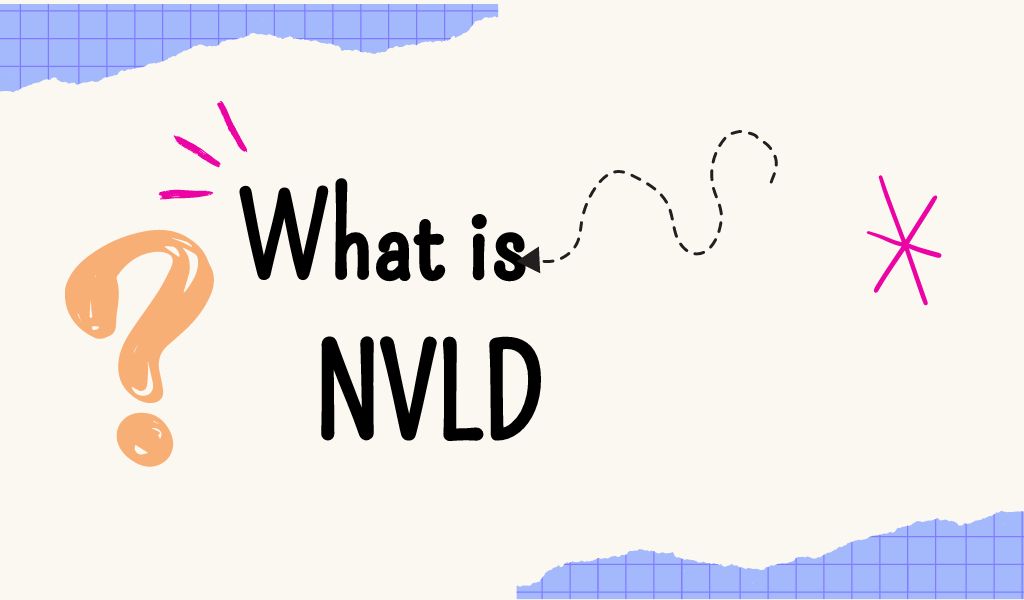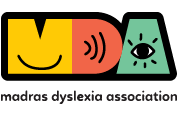
Non-Verbal Learning Disabilities (NLD OR NVLD)
Understanding SLD
By Swetha Krishna
Most often scholastic accomplishments are defined through language-based communication. However, it has been found that more than 65% of all communication is non-verbally communicated. Deficits in this area are often overlooked or categorised under ‘behavioural’ rather than ‘learning’ difficulties.
Children with non-verbal learning disabilities (NLD / NVLD) have trouble interpreting non-verbal cues like facial expressions or body language and may have poor coordination.
Non-verbal learning disabilities are associated with impairment in three broad areas, namely:
motor skills, visual-spatial organisational memory, and social abilities. In many ways, this appears to be the reverse of Dyslexia. Despite academic progress, children with NLD usually display difficulties in tasks that require speed and adaptability.
Individuals with this type of learning disability have a well-developed vocabulary, as well as strong reading recognition ability and rote language skills. The child often appears awkward, having poor coordination in both fine and gross motor skills. They are often found to be ‘talking their way through’ even simple motor tasks. Since they have difficulty in their motor skills, they are often found not exploring their environment, thereby learning very little from their environment. They rarely learn from their experience or repetition and find it difficult to generalise information.
The current incidence rate of NVLD is below 1% of the general population. However, given the low awareness about this condition, educators believe that a lot more children go unidentified and without help.
Upon initial interaction, individuals with NVLD are often thought of as being very sociable, often very chatty and “smart”. However over time, one notices that there is an ‘emptiness’ in their interactions. They do not actually understand the other person, and are often seen rambling on and on without listening. They do not understand personal boundaries and can be considered intrusive both physically and in their verbal interactions.
Identification of a child with NVLD is a task that requires a lot of observational skills and a deep understanding of the condition. It becomes tricky to identify this child because their early linguistic prowess is often applauded by parents and teachers.
As mentioned earlier, the difficulties can be broadly divided into three areas: motor, visual – spatial and social. Below are common symptoms found in individuals with NVLD:
- Trouble interpreting non-verbal cues like facial expressions or body language, tone of voice and poor coordination.
- Difficulty making and keeping friends.
- Struggles with life skills that require an understanding of spatial relationships.
- Completing jigsaw puzzles is a struggle.
- Learning routes for travel.
- Difficulty in developing fine motor skills.
- Poor handwriting.
- Difficulty learning to tie their shoelaces.
- Problems using small tools and utensils.
- Poor executive functions.
- Difficulty in dealing with novel situations.
- Difficulty in staying focused, completing multi-step instructions, organising tasks and materials and controlling their impulses.
- Exhibits difficulty with reading comprehension or mathematical problem-solving.
- Struggles with metaphors or abstract concepts and thinks of things in literal terms.
- Physically clumsy, often bumps into objects or people.
Symptoms of NVLD are less apparent when children are younger, around 7 to 8 years, but become more pronounced and identifiable as the individual approaches adulthood. Unlike children with SLD who need an Individualised Educational Plan to master a continuum of curricular skills, the educational programme for children with NVLD consists of providing them with coping mechanisms and practical support and CAMS – Compensations, Accommodations, Modifications and Strategies. With appropriate support, individuals with NVLD can be trained to excel in their chosen field.
